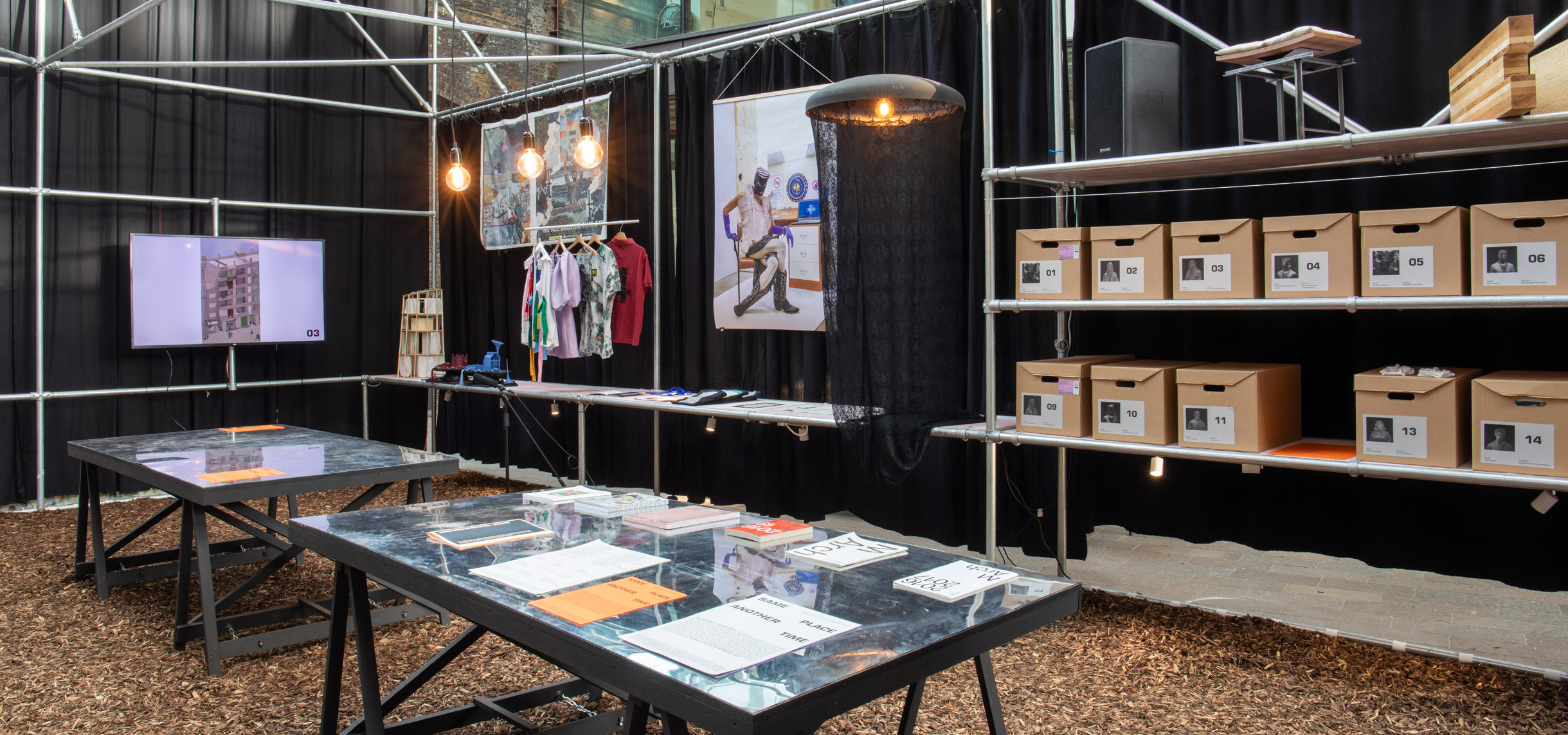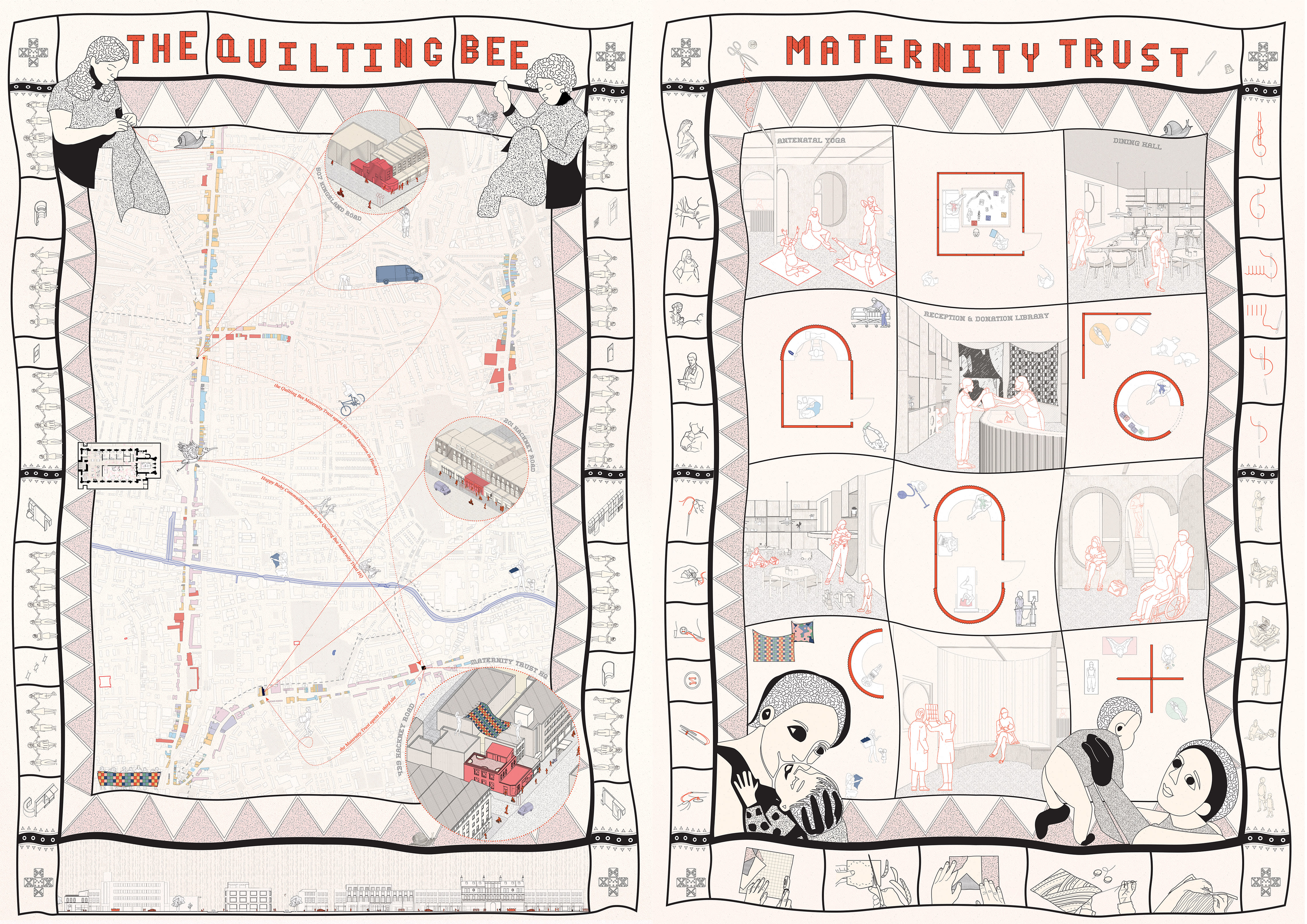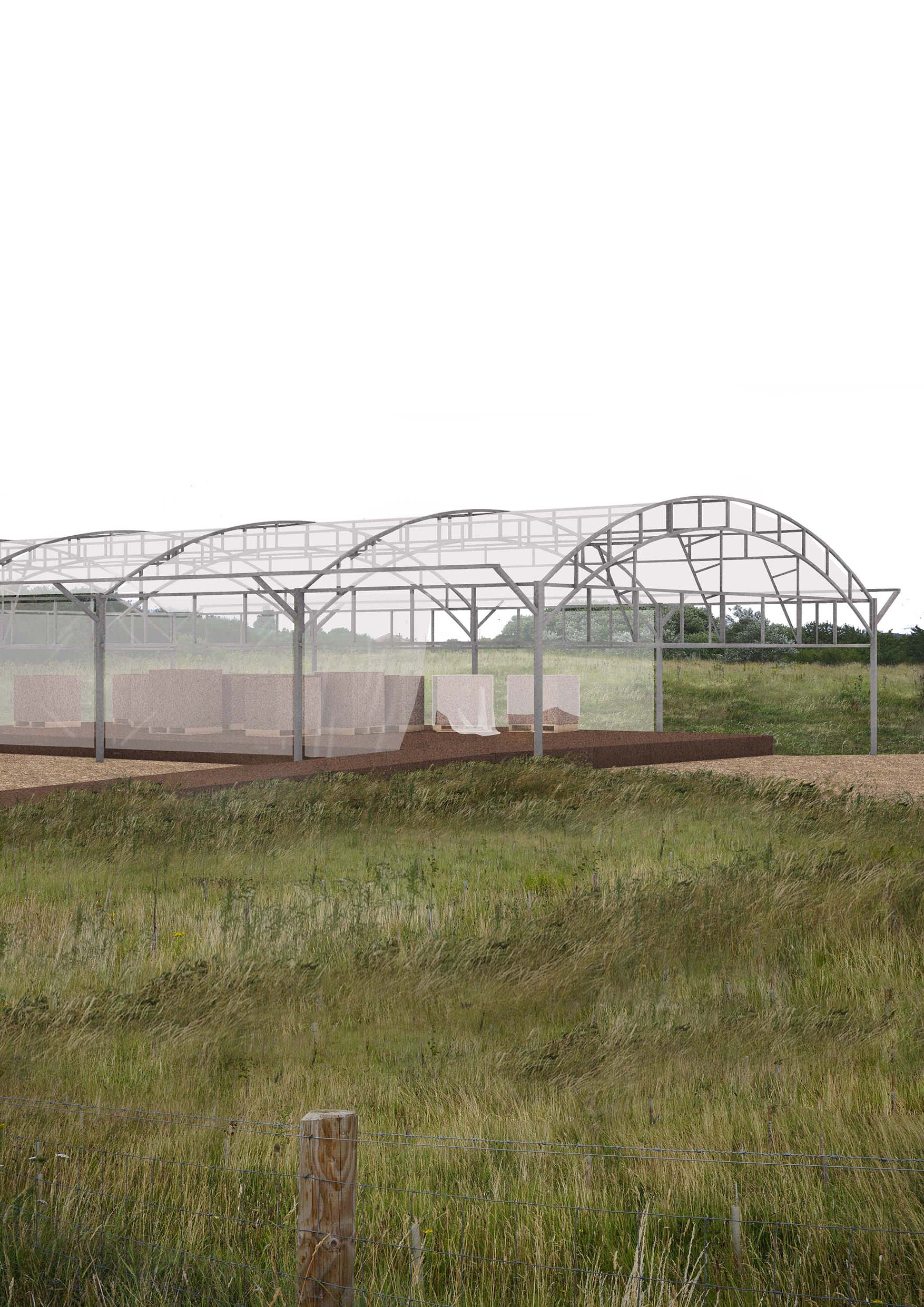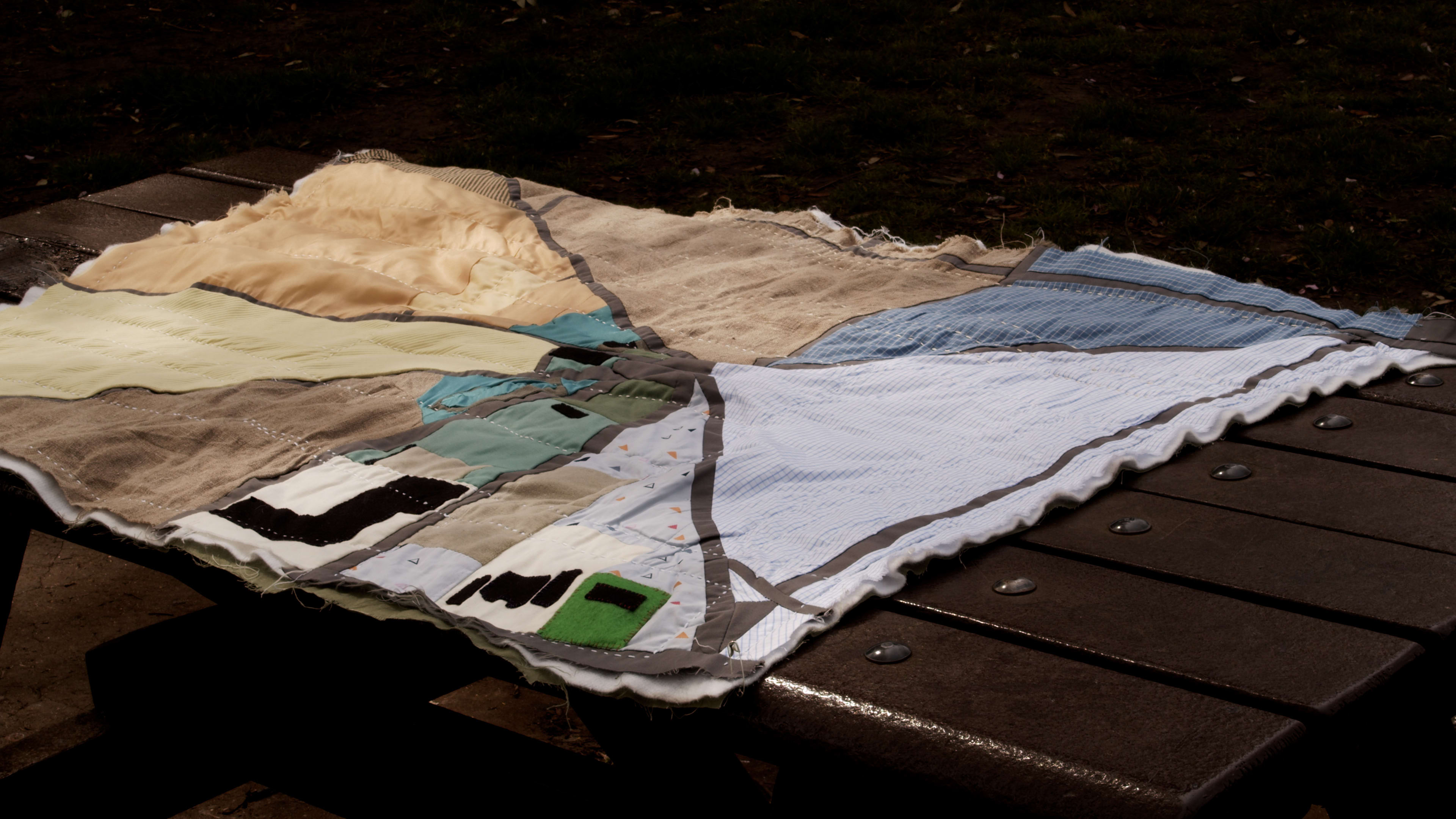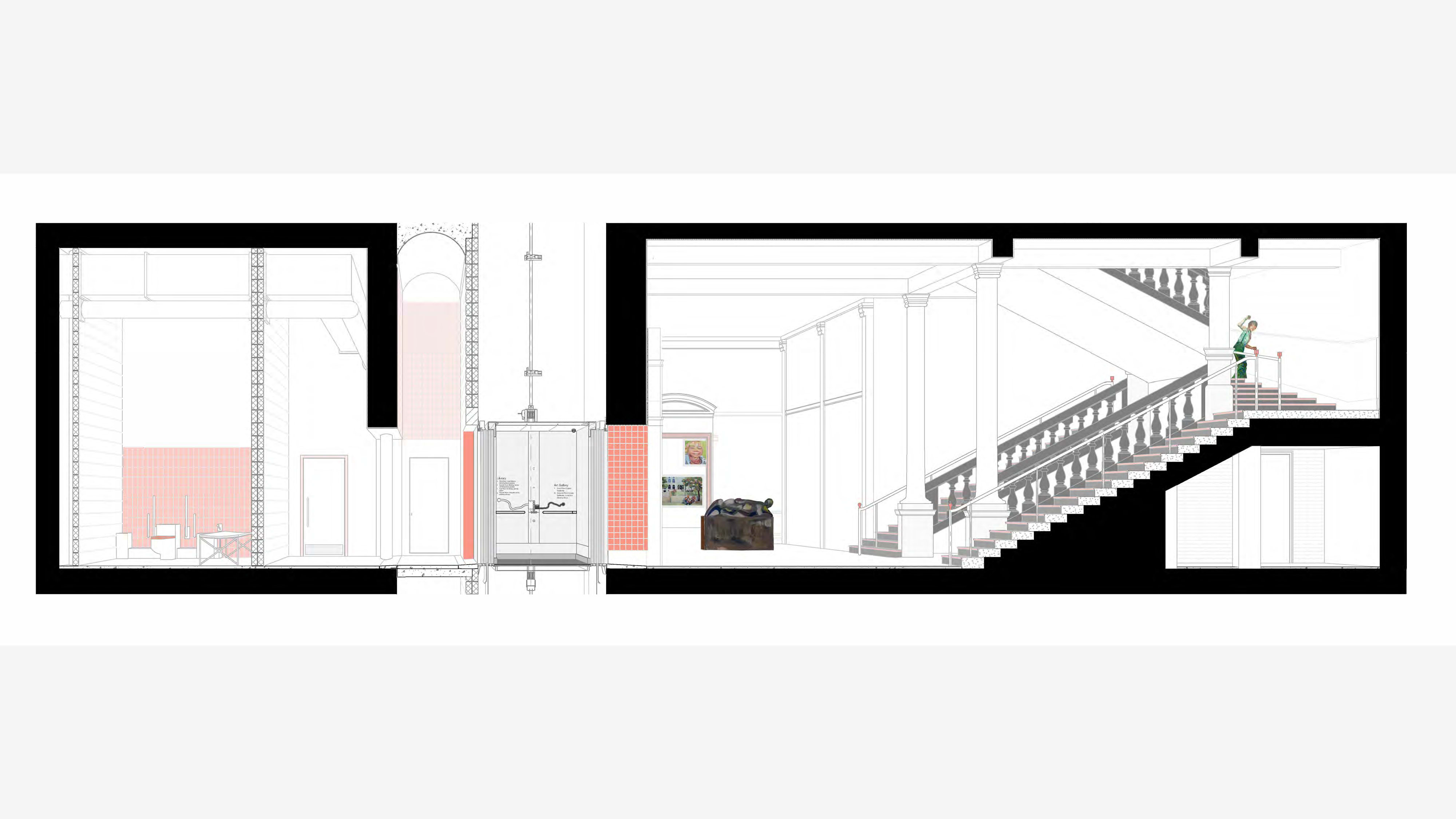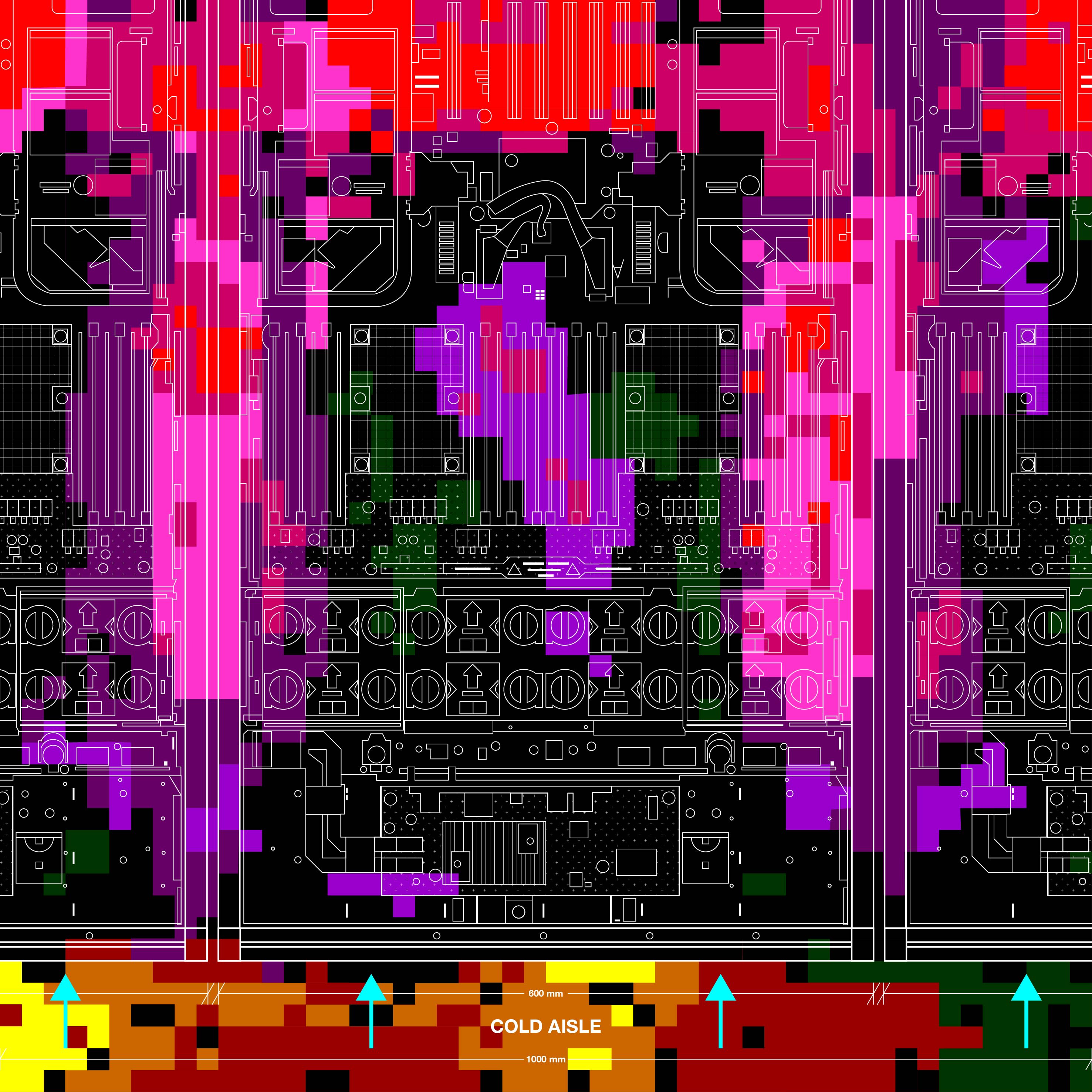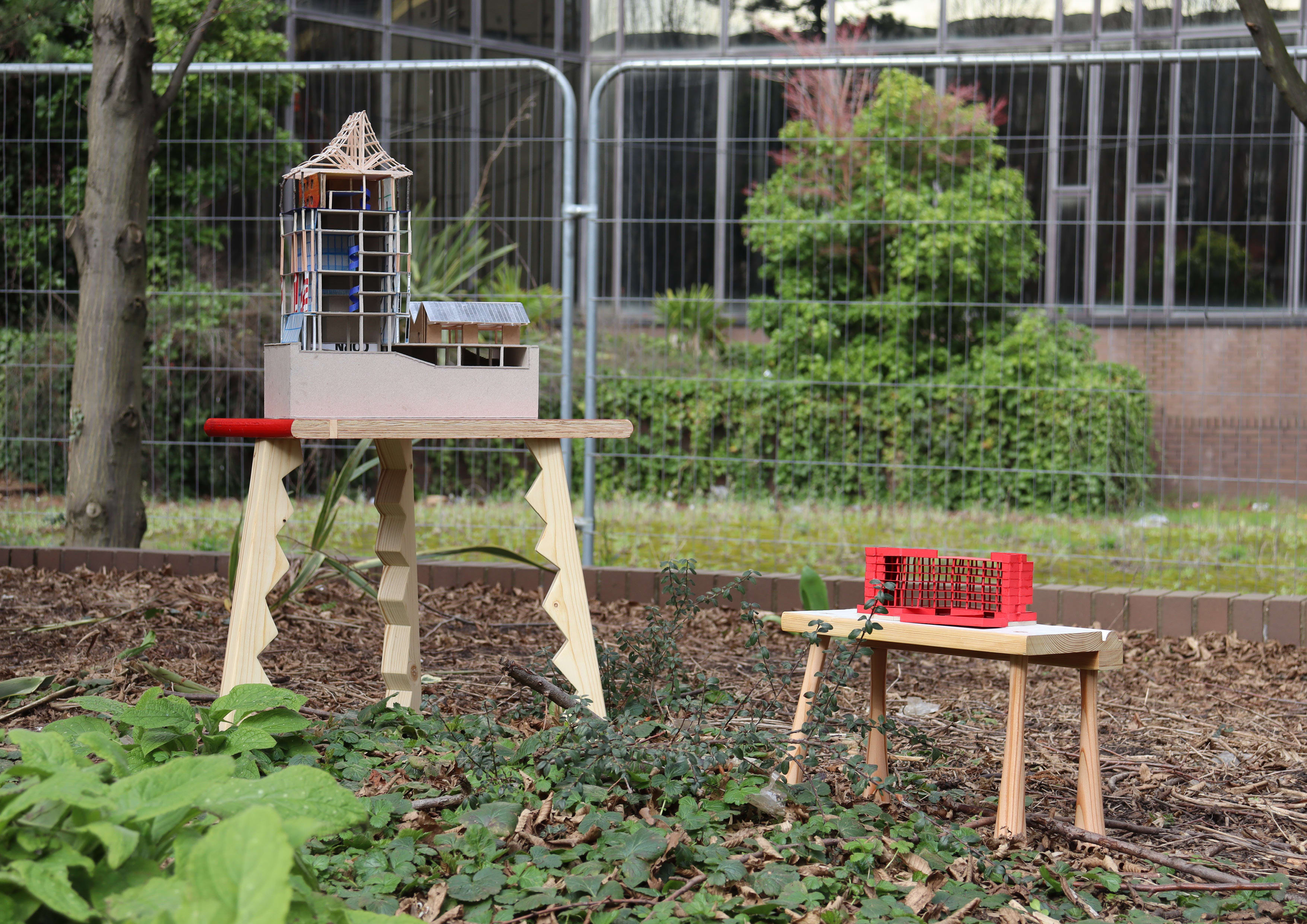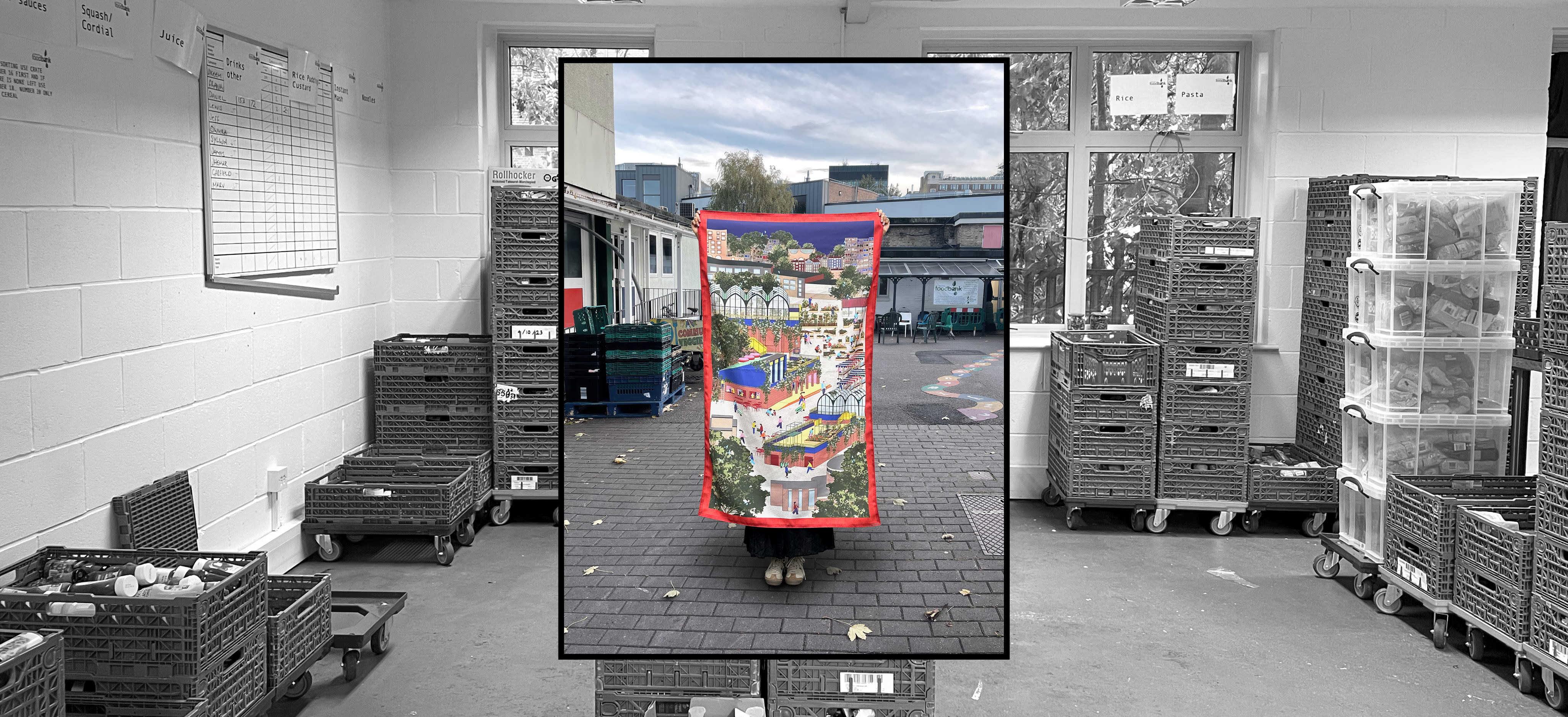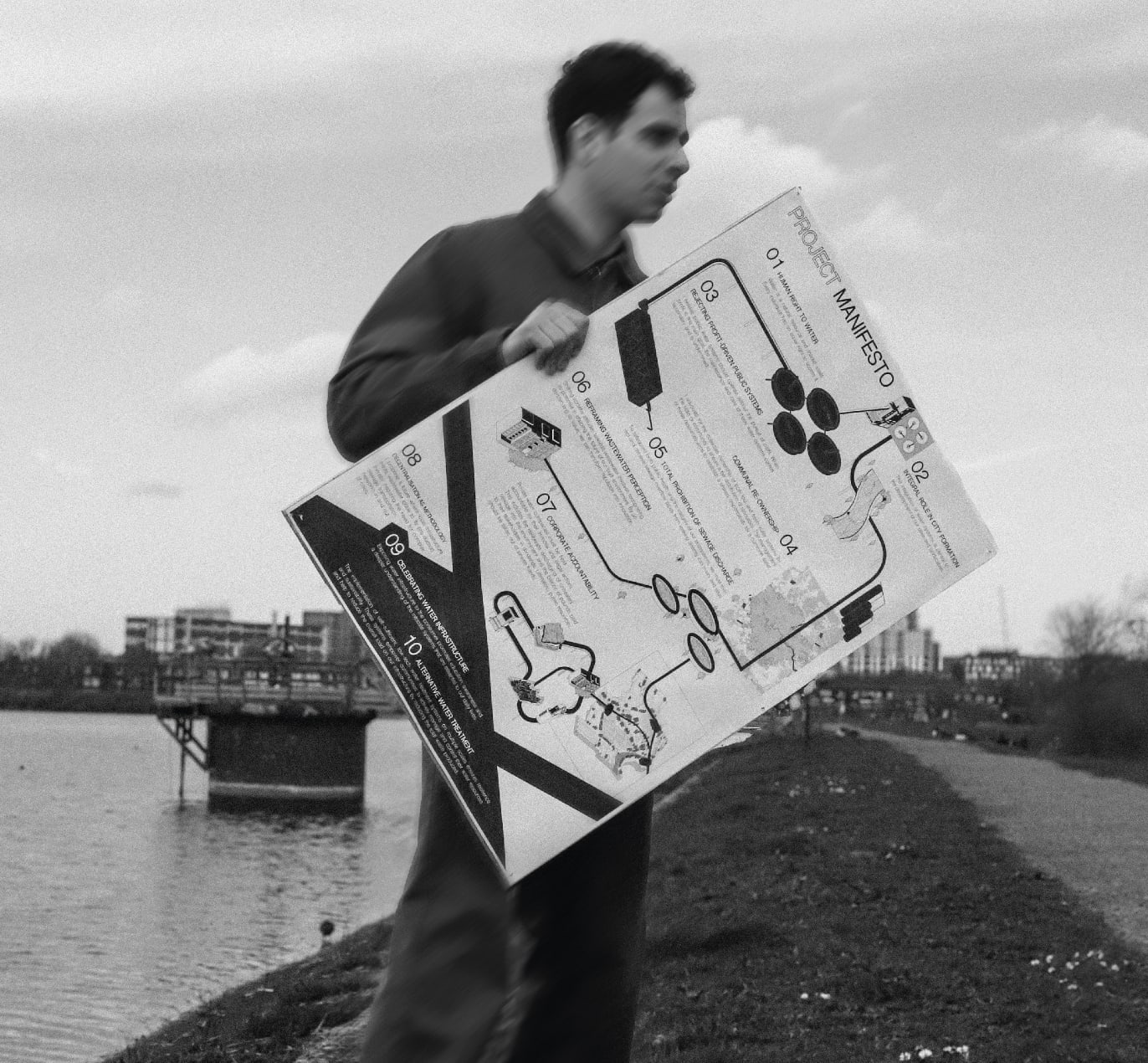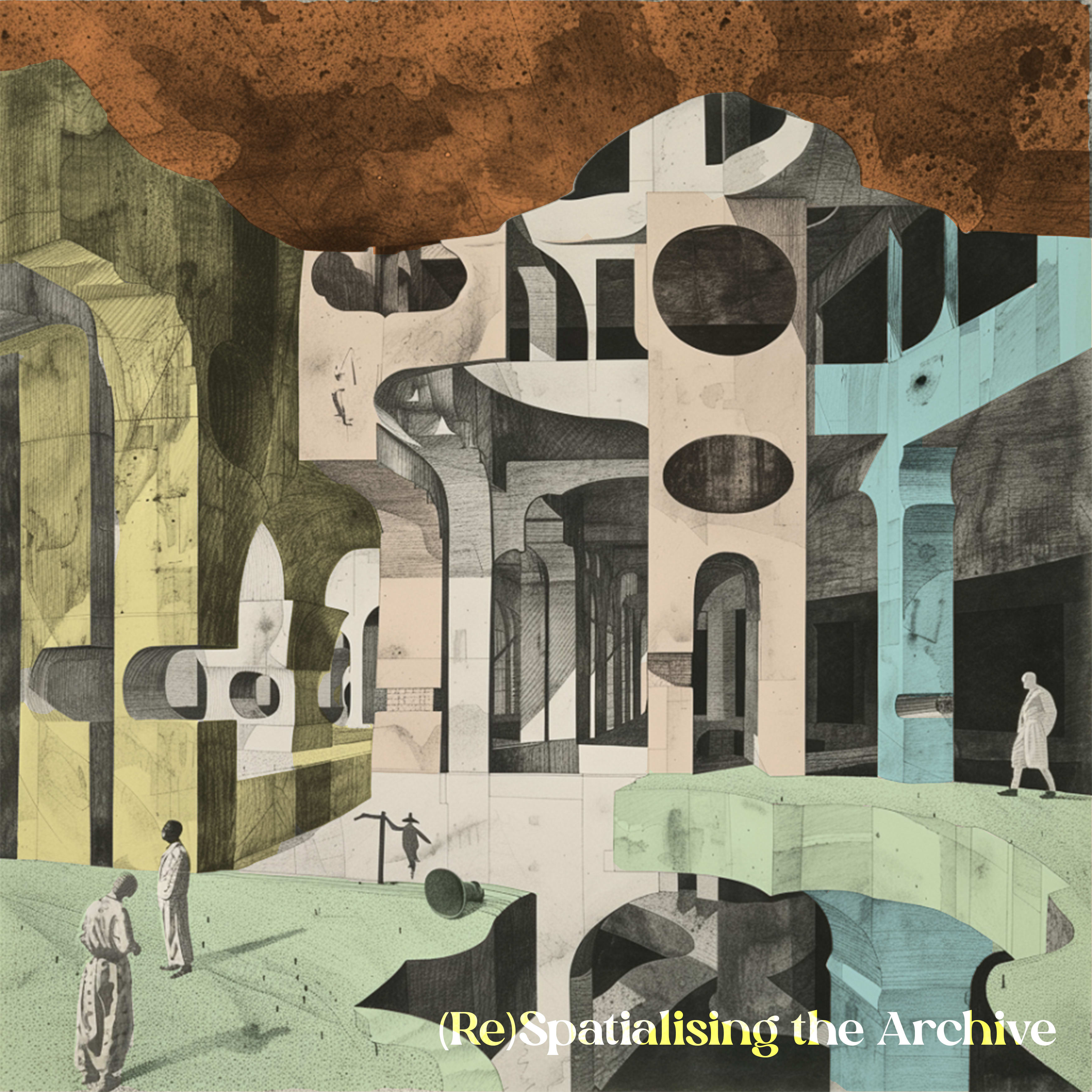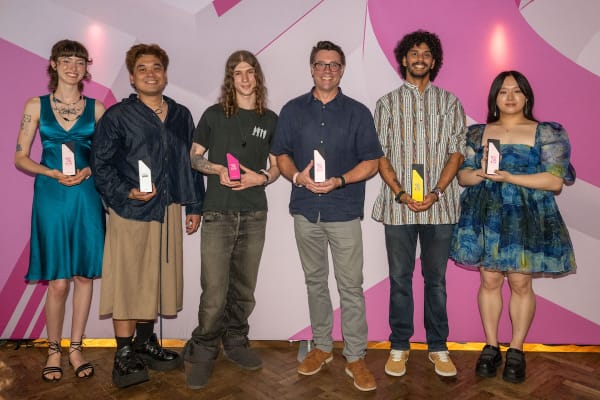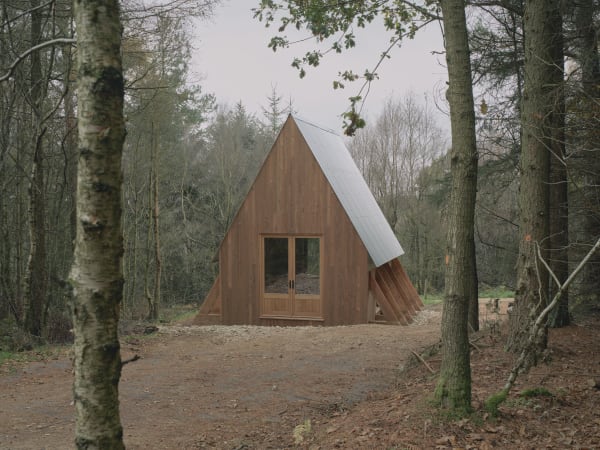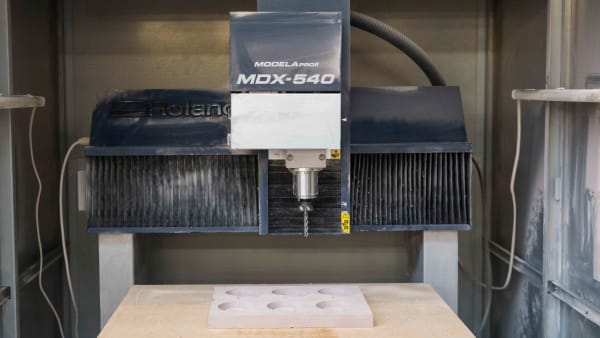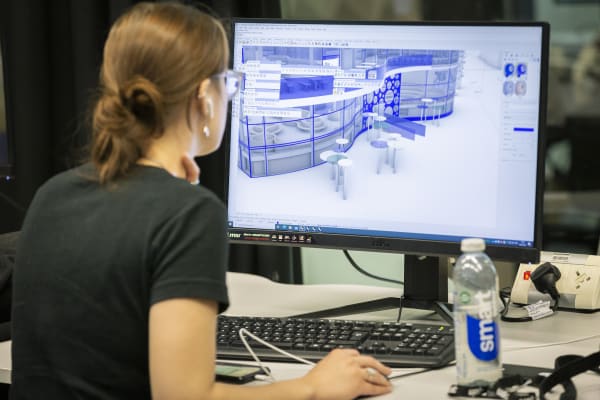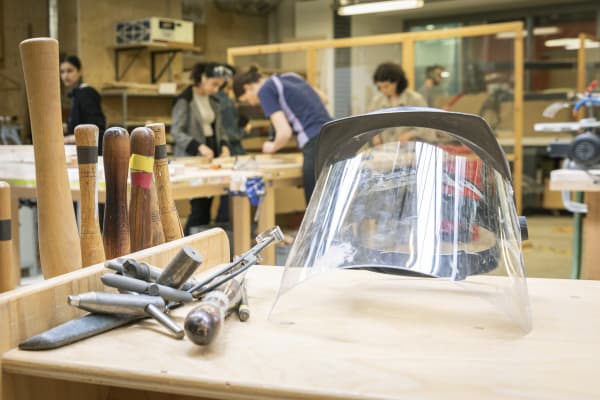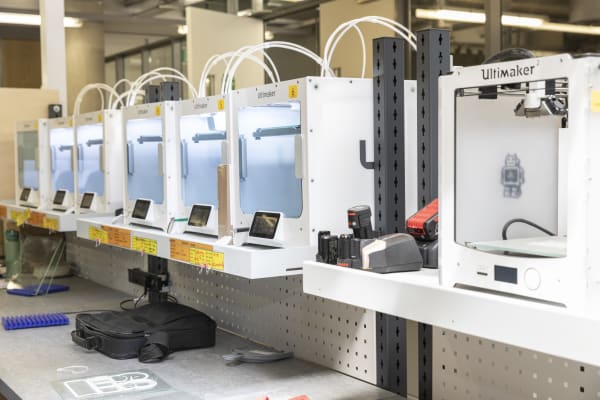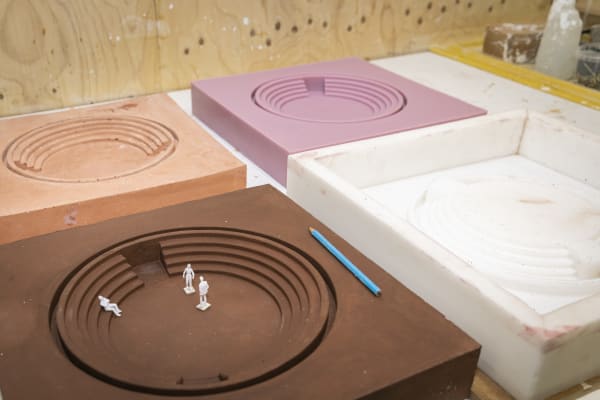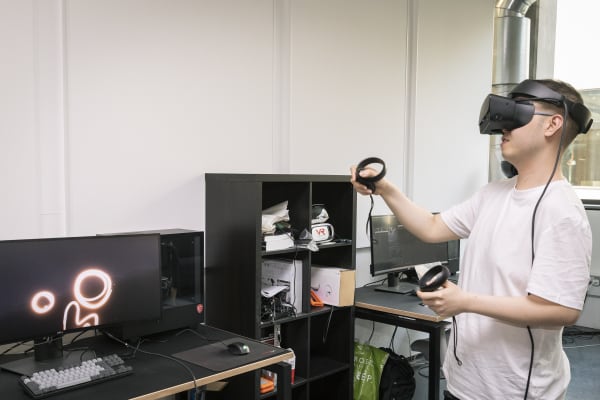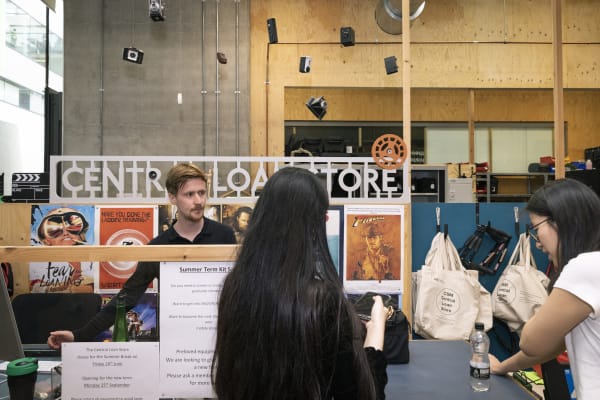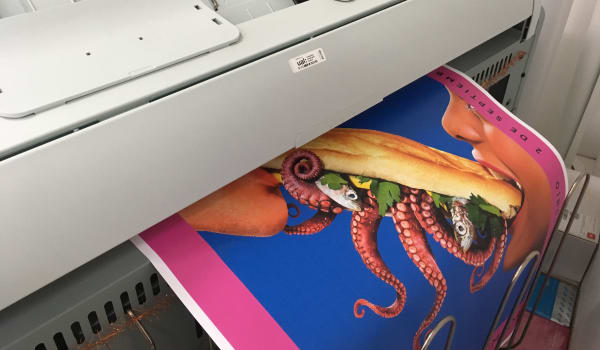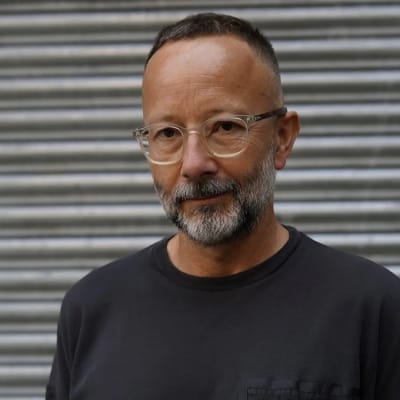Course units
The increasing complexity of socio-economic, cultural and environmental issues requires architects to develop a broad skill set. This may be described as context-led – seeking solutions which address local issues arising from global agendas. Architects must move beyond traditional disciplinary boundaries to find innovative and sustainable design solutions. There is a growing need for contemporary design which focuses not only on "hard" infrastructure but also "soft". That is, not only buildings, transport and engineering but also systems of social networks, organisation and human/non-human interaction.
MArch: Architecture consists of six units, three of which are core design units as well as a dedicated construction unit and an elective unit which will allow you to sample the art and design school setting. These are combined with an industry-embedded placement giving you valuable industry experience. You will also be supported to plan, develop and complete a self-led major project, which will explore strong social, political and environmental engagement with the world. This may be facilitated through external partnerships and multidisciplinary collaboration.
Unit 1: Situated Modes of Engagement
This unit will encourage you to experiment with multidisciplinary research and design approaches. You will develop situated research methodologies to expand and challenge the conventional role of the architect. The unit enables you to articulate your individual methods of working while situating your emerging practice in the extended field of Spatial Practices, focusing on the entanglement between decolonisation, anti-racism, climate/environmental justice and care. You will test and refine these approaches through critically-engaged design propositions.
Unit 2: The Collaborative Unit
This unit is sandwiched or nested within Unit 1, and addresses the theme of collaboration through co-operation with other postgraduate courses within the University. By working co-operatively with fellow students from parallel and contrasting courses, you will experience at first hand the value of cross-disciplinary thinking and problem-solving that is so central to the course.
Unit 3: Regenerative Construction
This unit, you will explore technical aspects of making and construction in close detail, understand regenerative design principles and construction methods to achieve zero carbon standards. This unit embeds climate literacy and climate innovation within your learning journey. You will engage with the conditions and constraints of structural, constructional and material systems through a constructional prototyping project. Unit 3 will involve research and testing, collaborative teamwork and constructional implementation as well as life safety.
Unit 4: Professional Spatial Practice (Industry Placement)
In this unit, you will define your own direction for your major project. The unit is centred around an industry placement giving you the opportunity to step out of the college context and extend your community of practice to external stakeholders. With your advisor, you will work with a selected organisation that will provide you with insights into contemporary forms of spatial practice. You will assess the nature of their practice and understand ethical implications of fieldwork and within contemporary architectural practice. The contextual study component of the unit will help you establish research agenda and brief for your own self-directed major design project.
Unit 5: Design for Planetary Care
This unit asks you to develop a self-led major project which concludes with a design proposition centred around ideas of planetary care. Building on previous units, it asks students to synthesise the contextual studies thesis, the industry placement experience into a clear brief and proposition. Unit 5’s technology component will build on the work in Unit 3 and will centre climate innovation within the major project via dedicated material and technology focused workshops. The contextual studies strand concludes with a declaration of intent via a public, student-led event, allowing students to contextualise their work within a larger discourse.
Unit 6: Situated Architectural Practice
Unit 6 is a culmination to the major project and of the course. It sees the refinement and dissemination of the design project and its key innovations to a large audience at the Showcase. The unit will conclude with a speculation on future career ambitions and pathways by asking students to propose new forms of architectural practice in relation to their design propositions and outlining pathways into practice rooted in the extensive professional and peer networks created across the two years of the course. Barriers to implementation of the work will be addressed in the professional practice component addressing planning, building control, health and life safety, cost, contract and construction documentation. Unit 6 prepares students to enter professional live beyond Central Saint Martins.
The working week
Central Saint Martins and the Spatial Practices programme offer a vibrant learning and working environment. The teaching and learning methods on MArch are designed to make best use of the context of the art school setting. You will move fluently between one-to-one tutorials, to group work in smaller learning groups or with the entire year cohort. We regularly hold peer reviews, work on site with local stakeholders or work hands-on, making use of the many workshop at Central Saint Martins. A culture of curiosity and experimentation informs the way learning takes place throughout the week. You should expect to spend 30 hours per week on your learning.
Important note concerning academic progression through your course:
If you are required to retake a unit you will need to cease further study on the course until you have passed the unit concerned. Once you have successfully passed this unit, you will be able to proceed onto the next unit. Retaking a unit might require you to take time out of study, which could affect other things such as student loans or the visa status for international students.
CSM Academic Support is delivered by a team of academics and practitioners working alongside your course to help you progress and achieve your maximum potential as a student. Academic Support can help you to develop your skills in different areas, including critical thinking, research and writing, time management, presentations and working independently and collaboratively. These may be offered as part of your timetabled classes or as bookable tutorials and workshops.
Mode of study
The course is offered in extended full-time mode which runs for 80 weeks over two academic years. You will be expected to commit 30 hours per week to study, which includes teaching time and independent study.
The course has been designed in this way to enable you to pursue studies, while also undertaking part-time employment, internships or care responsibilities.
Credit and award requirements
The course is credit-rated at 240 credits. On successfully completing the course, you will gain a Master of Architecture (MArch degree).
Under the Framework for Higher Education Qualifications, an MArch is Level 7. All units must be passed in order to achieve the MArch but the classification of the award is derived from the marks for the fourth, fifth and sixth units.
If you are unable to continue on the course, a Postgraduate Certificate (PG Cert) will normally be offered following the successful completion of 60 credits, or a Postgraduate Diploma (PG Dip) following the successful completion of 120 credits.
Professional Statutory and Regulatory Bodies
MArch Architecture is professionally validated by the RIBA. Successful completion of the course provides RIBA Part 2 qualification, the first of three stages of RIBA professional registration.
